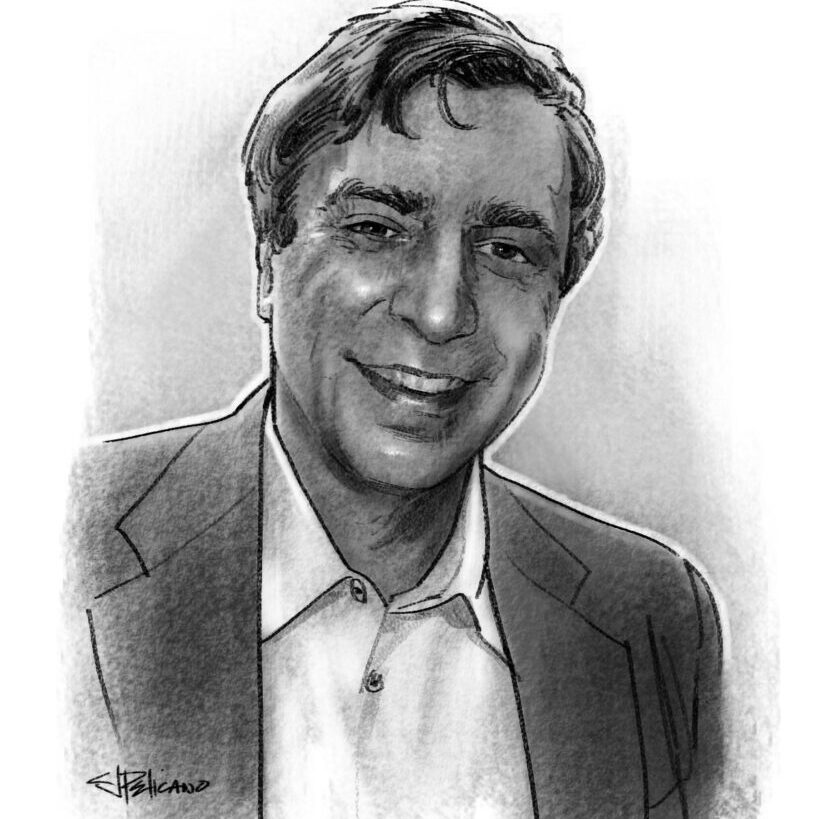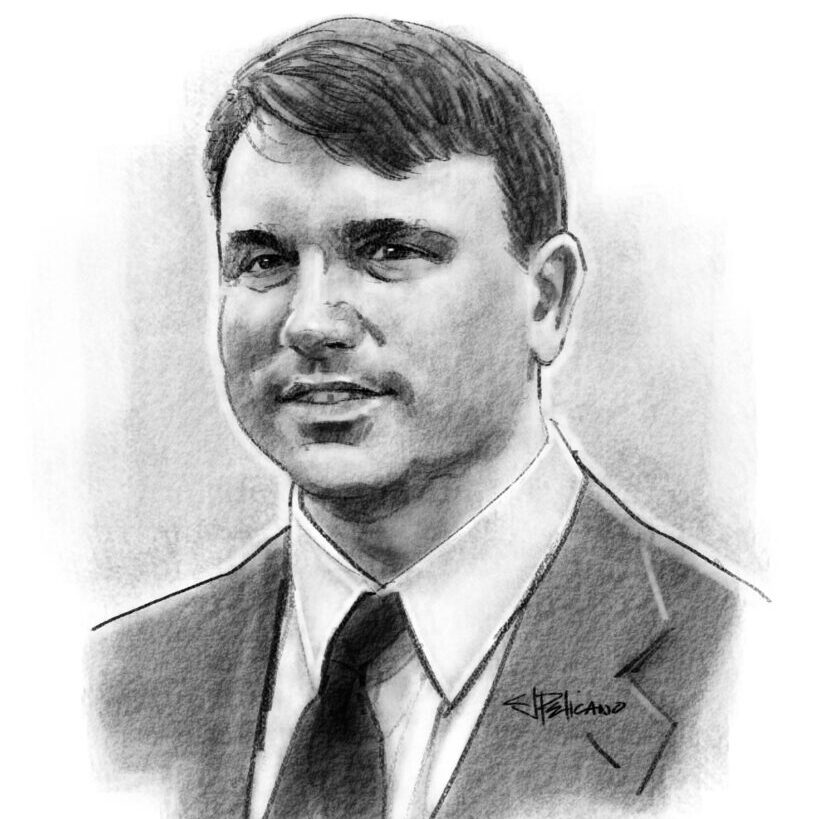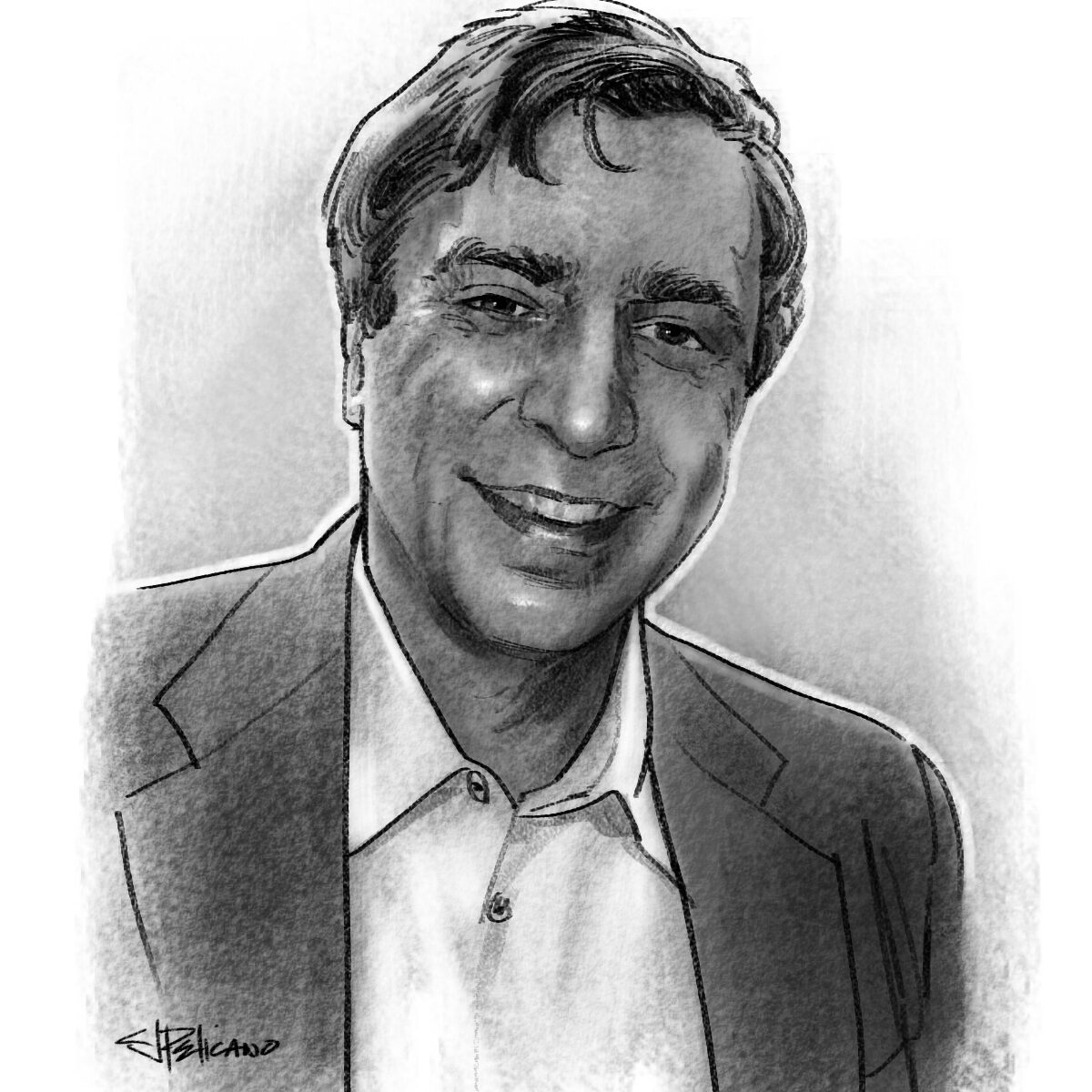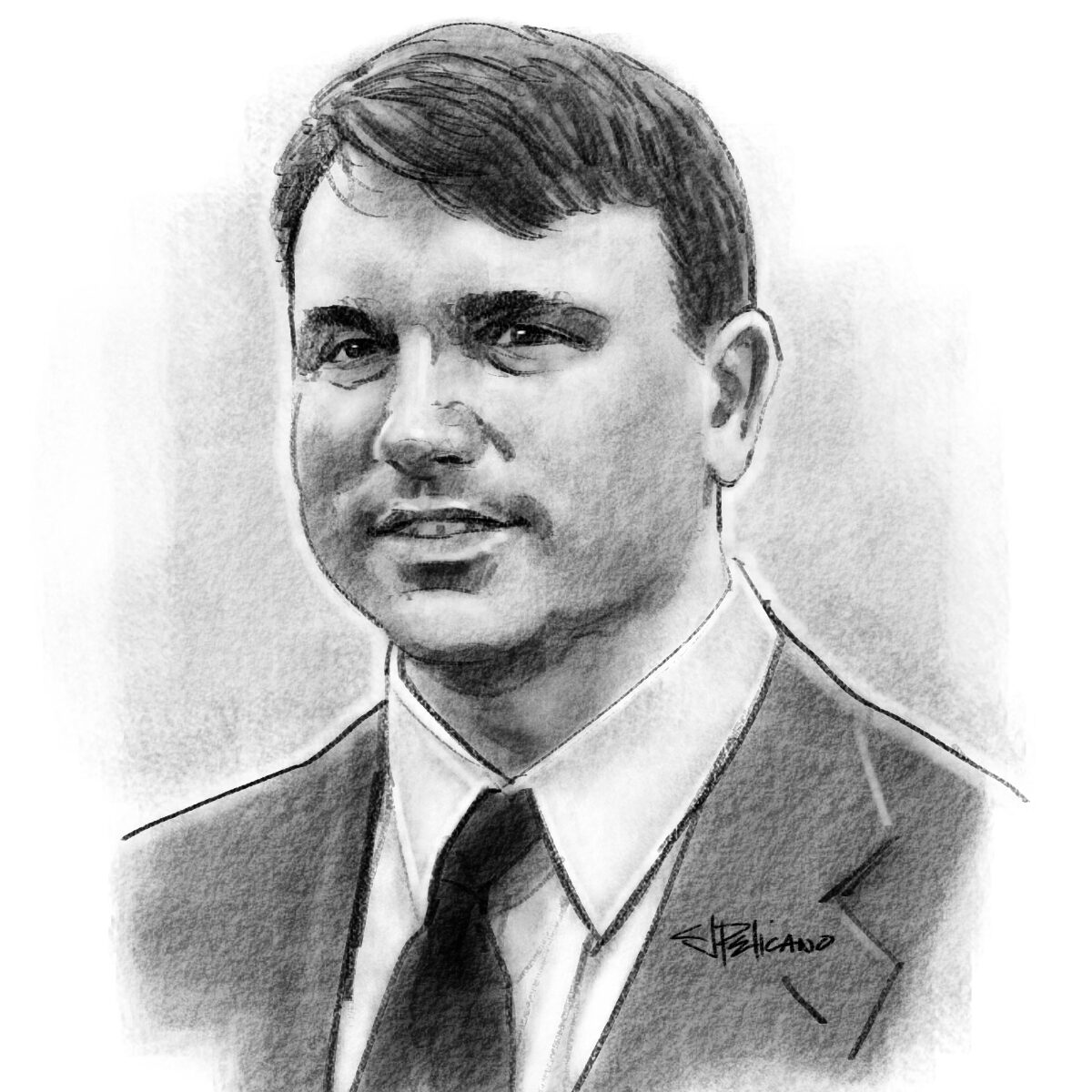
Literature
Want to dive deeper into some of the great works of literature? TAN courses offer insightful, comprehensive lecture series on Dante's Inferno, Tolkien's Lord of the Rings, and Shakespeare's plays. You can feel relieved knowing that TAN Courses are 100% faithful to the Magisterium of the Catholic Church.
Explore Courses
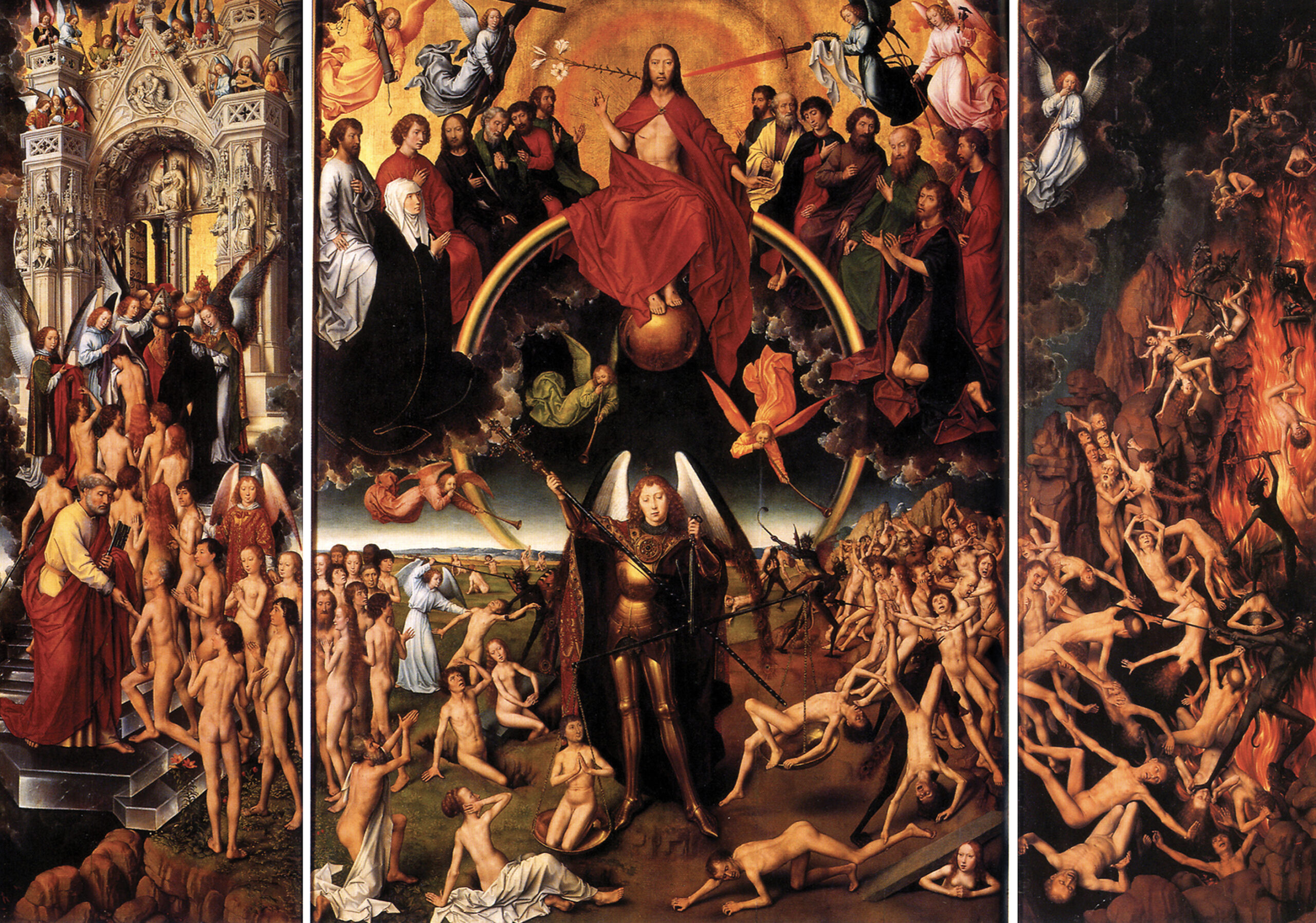
Dante’s Inferno: A Study on Part I of The Divine Comedy
Taught by Anthony Esolen, Ph.D.
Dante’s Divine Comedy can rightly be called the greatest poem ever written, praised through the ages by a pantheon of writers and scholars. Romantic poet William Wordsworth (1770-1850) referred to Dante’s crowned “visionary brow.” Irish novelist James Joyce (1882-1941) said “Dante is my spiritual food!” Pope Benedict XV (1854-1922) called Dante “the most eloquent singer of the Christian idea.” Even the 20th century literary critic T.S. Eliot (1888-1965) famously wrote that “Shakespeare and Dante divide the world between them, there is no third.”
Just as Dante needed Virgil to lead him through the bowels of Hell, you also need a true and trustworthy guide. Dr. Anthony Esolen serves as your Virgil in this course on the Inferno, the first canticle of the Divine Comedy. An expert who has taught Dante to college students for more than twenty years, Dr. Esolen is also the preeminent modern translator of the entire Divine Comedy from the original Italian.
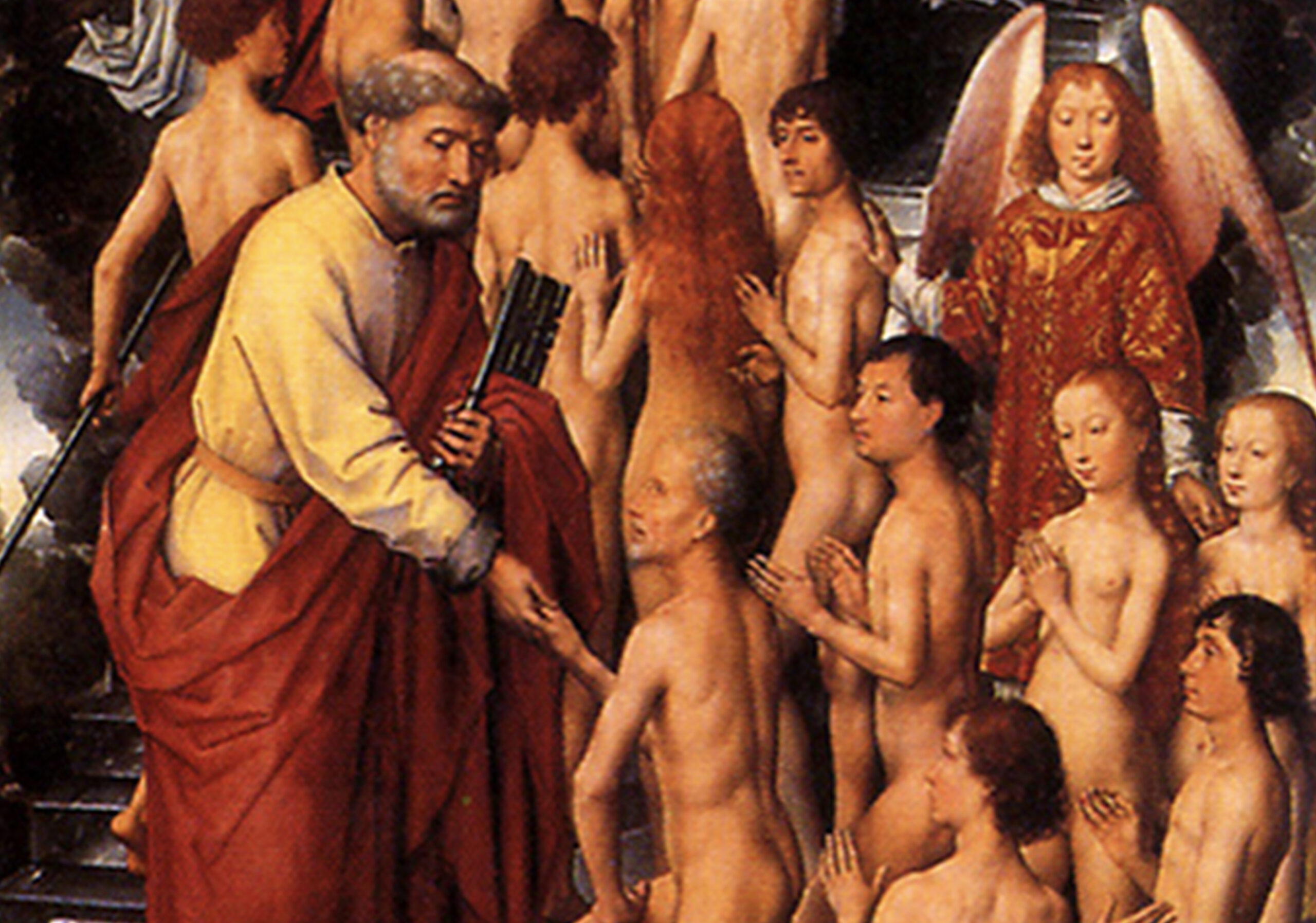
Dante’s Purgatory: A Study on Part II of The Divine Comedy
Taught by Anthony Esolen, Ph.D.
We know what happens in Hell…but what about Purgatory?
Dante’s Inferno revealed some titillating details about the punishments inflicted on sinners – but in a way, we already knew what happens to people in Hell. What we don’t know is what happens to people who end up in Purgatory. In this second part of The Divine Comedy, Dante probes the mysteries of that strange and often misunderstood place between earth and Heaven.
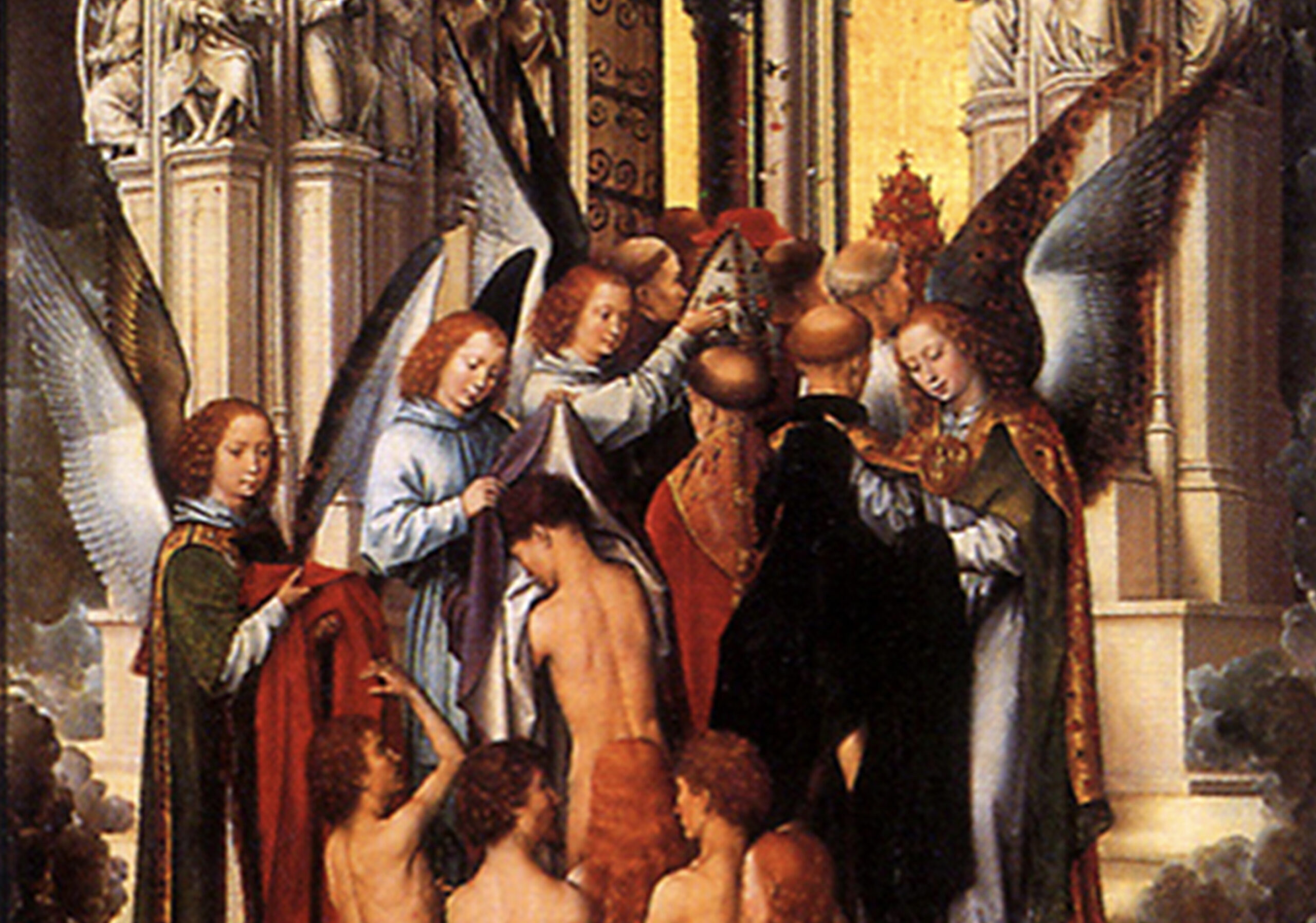
Dante’s Paradise: A Study on Part III of the Divine Comedy
Taught by Anthony Esolen, Ph.D.
You’ve followed Dante through the dread gates of Hell, to the arduous slopes of Mount Purgatory, and now, finally, to the transcendence of the Heavenly Court.
With Dr. Anthony Esolen, you’ve travelled into the depths of the Inferno. You’ve witnessed the terrible hopelessness of Hell and the bitter punishments for sinners there.
You’ve accompanied Dante and Virgil through the mysteries of Mount Purgatory where sinners are purged of all attachment to sin.
Finally, together with blessed Beatrice, enter into the indescribable glory of Heaven.
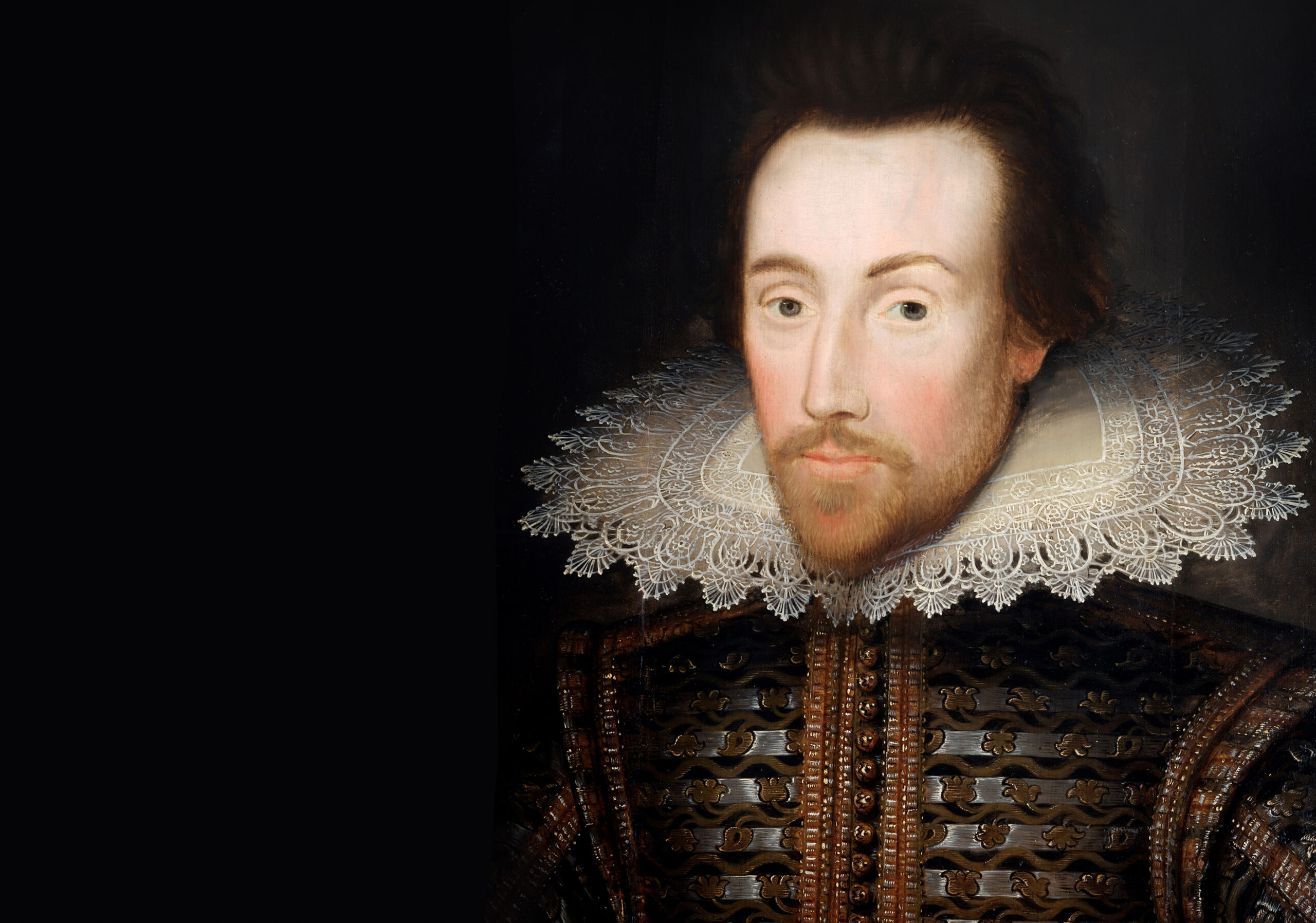
Shakespeare’s Catholicism: A Critical Analysis of the Bard’s Life and Plays
Taught by Joseph Pearce
In Shakespeare’s Catholicism, Joseph Pearce presents biographical and literary evidence proving the Bard’s adherence to the true Faith in a time of persecution and upheaval in Elizabethan England. Professor Pearce reveals little-known details of Shakespeare’s life, including his Catholic education, openly Catholic father and daughter, his friendship with Jesuit martyr St. Robert Southwell, and his purchase of the Blackfriar’s Gatehouse – a known hub for underground Catholic liturgy.
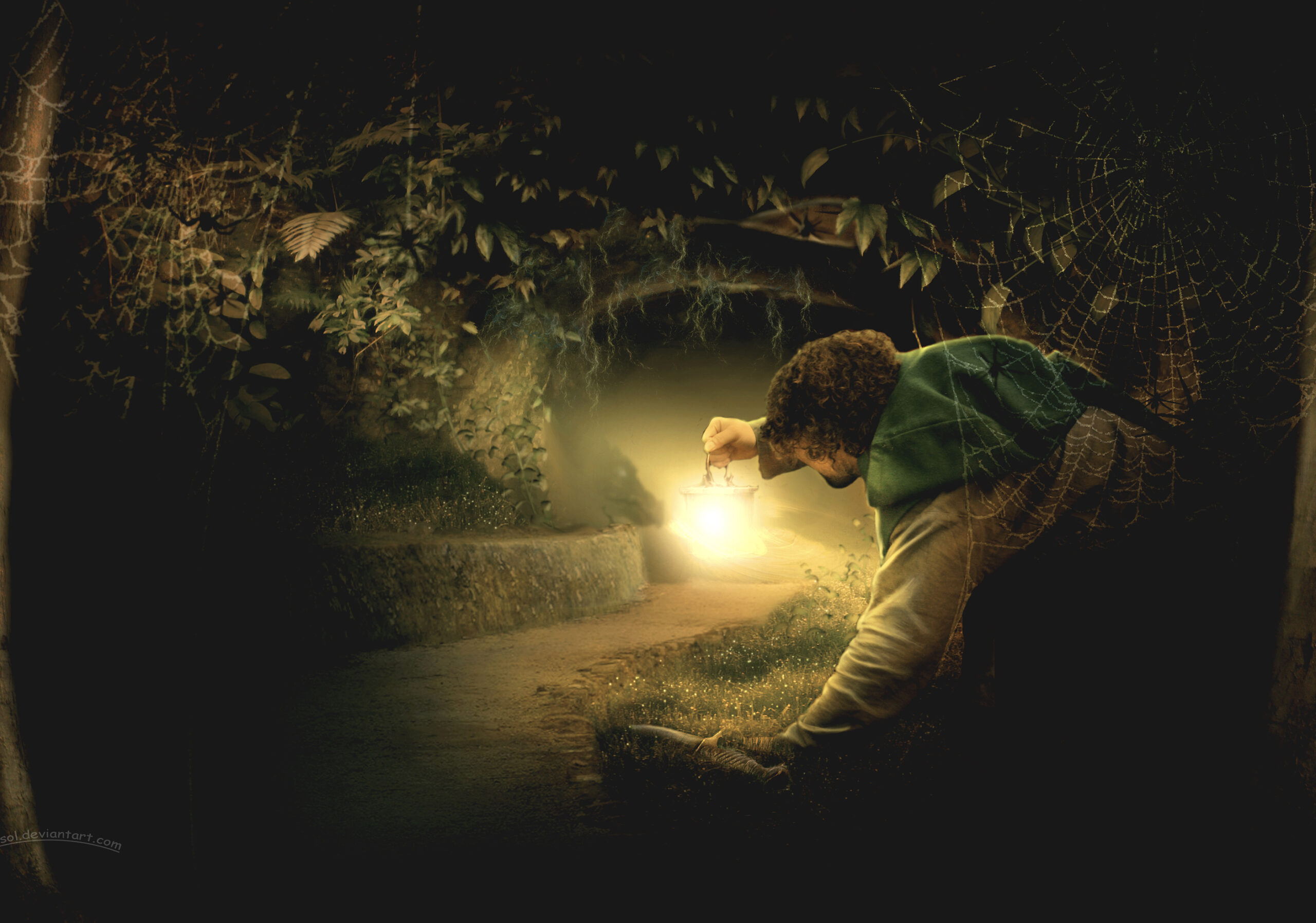
The Hobbit: Discovering Grace and Providence in Bilbo’s Adventures
Taught by Joseph Pearce
In this companion course to The Hidden Meaning of The Lord of the Rings, Professor Joseph Pearce highlights the “fundamentally religious and Catholic” nature of Tolkien’s famous novel, The Hobbit, or There and Back Again.
In this course, Joseph Pearce shows that Tolkien’s own words about The Lord of the Rings being a “fundamentally religious and Catholic work” also apply to The Hobbit. Some readers mistakenly believe that J.R.R. Tolkien’s novel, The Hobbit, is just a simple children’s story. Tolkien might have written the book for his children’s entertainment, but the best children’s literature always has a deep level of meaning, and The Hobbit is no exception.
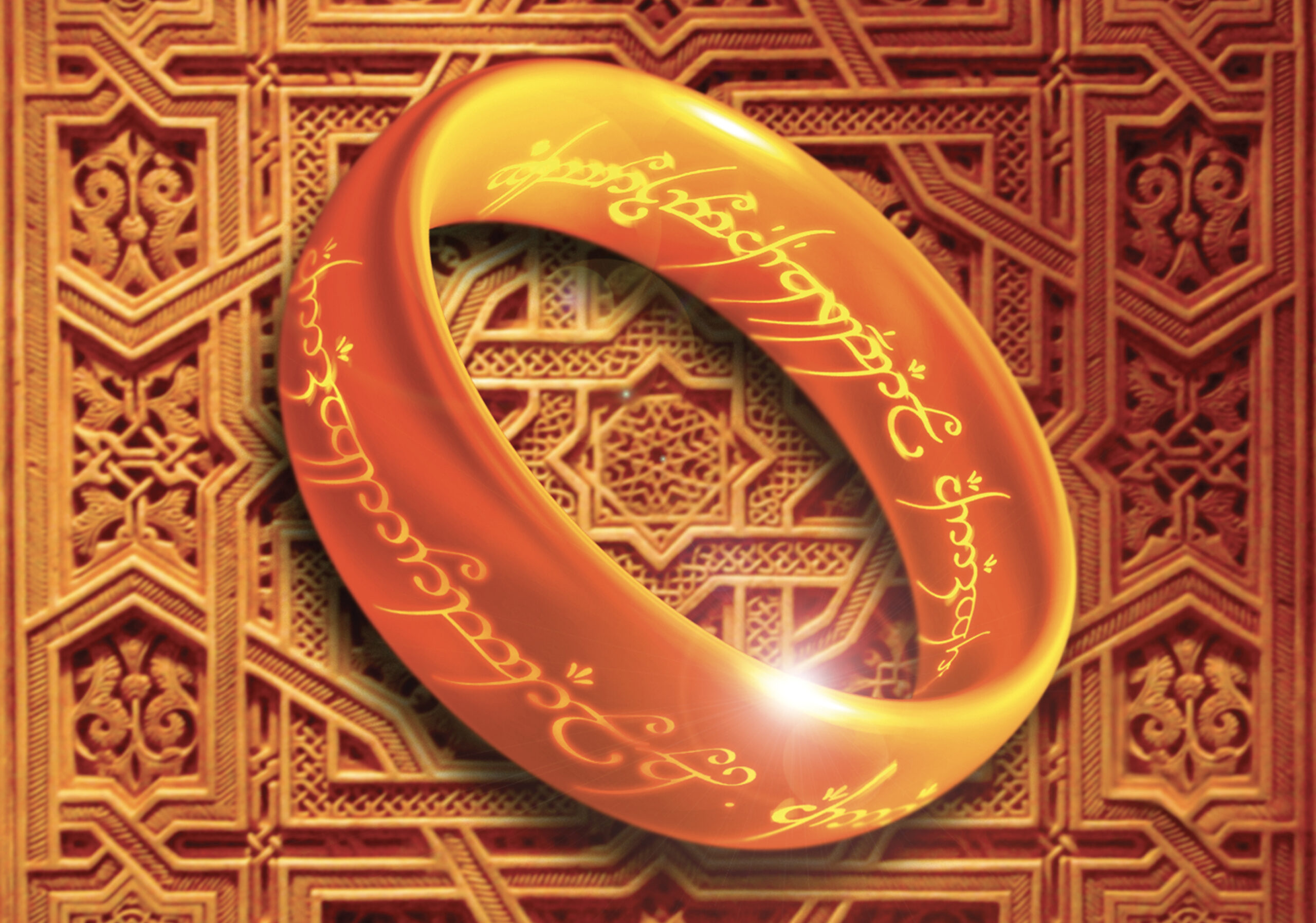
The Hidden Meaning of The Lord of the Rings: The Theological Vision in Tolkien’s Fiction
Taught by Joseph Pearce
Despite the absence of any direct mention of Christ or the Catholic Church, Tolkien described his work as “fundamentally religious and Catholic.” He was able to infuse his fictional world with theological orthodoxy through his creation myth and world order, by endowing his protagonists with Christian virtues, and by incorporating themes of grace and mercy.

Every TAN Course Includes:
- 30-minute video or audio lectures
- Printable PDF study guide
- Deep theology taught by great minds
- Continued education at your own pace
"Literature is a comprehensive essence of the intellectual life of a nation."
William Shakespeare
Your Professors
Anthony Esolen, Ph.D.
Anthony M. Esolen is a writer, social commentator, translator of classical poetry, and Writer-in-Residence at Magdalen College of the Liberal Arts. He taught at Furman University and Providence College before transferring to the Thomas More College of Liberal Arts in 2017 and Magdalen in 2019.
Henry Russell, Ph.D.
Dr. Henry Russell is Headmaster of the St. Augustine’s Homeschool Enrichment Program founded with his wife Crystal. A graduate of Princeton and South Carolina (M.S.), Dr. Russell completed his graduate work at Louisiana State University. Formerly the Chairman of Ave Maria College’s Department of Literature, he has also been a professor at Franciscan University of Steubenville and Wake Forest University.
Joseph Pearce
Joseph Pearce is an English-born American writer, and as of 2014 Director of the Center for Faith and Culture at Aquinas College in Nashville, Tennessee, before which he held positions at Thomas More College of Liberal Arts in Merrimack, New Hampshire, Ave Maria College in Ypsilanti, Michigan and Ave Maria University in Ave Maria, Florida.…
Anthony Esolen, Ph.D.
Anthony M. Esolen is a writer, social commentator, translator of classical poetry, and Writer-in-Residence at Magdalen College of the Liberal Arts. He taught at Furman University and Providence College before transferring to the Thomas More College of Liberal Arts in 2017 and Magdalen in 2019.
Henry Russell, Ph.D.
Dr. Henry Russell is Headmaster of the St. Augustine’s Homeschool Enrichment Program founded with his wife Crystal. A graduate of Princeton and South Carolina (M.S.), Dr. Russell completed his graduate work at Louisiana State University. Formerly the Chairman of Ave Maria College’s Department of Literature, he has also been a professor at Franciscan University of Steubenville and Wake Forest University.
Joseph Pearce
Joseph Pearce is an English-born American writer, and as of 2014 Director of the Center for Faith and Culture at Aquinas College in Nashville, Tennessee, before which he held positions at Thomas More College of Liberal Arts in Merrimack, New Hampshire, Ave Maria College in Ypsilanti, Michigan and Ave Maria University in Ave Maria, Florida.…
Anthony Esolen, Ph.D.
Anthony M. Esolen is a writer, social commentator, translator of classical poetry, and Writer-in-Residence at Magdalen College of the Liberal Arts. He taught at Furman University and Providence College before transferring to the Thomas More College of Liberal Arts in 2017 and Magdalen in 2019.
Henry Russell, Ph.D.
Dr. Henry Russell is Headmaster of the St. Augustine’s Homeschool Enrichment Program founded with his wife Crystal. A graduate of Princeton and South Carolina (M.S.), Dr. Russell completed his graduate work at Louisiana State University. Formerly the Chairman of Ave Maria College’s Department of Literature, he has also been a professor at Franciscan University of Steubenville and Wake Forest University.
Joseph Pearce
Joseph Pearce is an English-born American writer, and as of 2014 Director of the Center for Faith and Culture at Aquinas College in Nashville, Tennessee, before which he held positions at Thomas More College of Liberal Arts in Merrimack, New Hampshire, Ave Maria College in Ypsilanti, Michigan and Ave Maria University in Ave Maria, Florida.…





